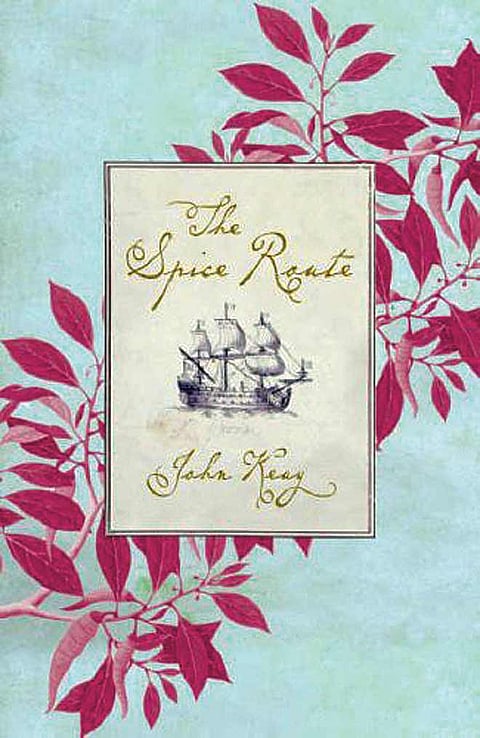
- Destinations
- Experiences
- Stay
- What's new
- Celebrating People
- Responsible Tourism
- CampaignsCampaigns
- SubscribeSubscribe
- Buy Now

Two hundred pages into John Keay&rsquos idiosyncratic and beautifully written The Spice Route (John Murray Rs 465), a 16th-century Portuguese captain named Antonio D&rsquoAbreu guides his ships into safe harbour in the volcanic Banda Islands near New Guinea. The adventurer was under command to never go ashore, so the arrival was uneventful. But Keay says &ldquothere should at least have been a sense of occasion, a hoisting of ensigns, a blaring of trumpets...&rdquo It was &ldquothe climax of a two-thousand-year quest...,&rdquo and the Europeans had found a direct route to the most distant end of the Spice Route. Their desire to control this trade route changed the world.
It&rsquos a curiously gripping book, considering that this is a familiar story, and the object of pursuit is trivial in today&rsquos context. Keay lays it out as pure adventure the Roman appetite that threatened to bankrupt them and resulted in huge stashes of coins in South India, the Arab middle passage that dominated trade for centuries, the brutalities of the early Portuguese onslaught on Asia. It is a history of early maritime exploration. We know how the story ends this is an opulent, entertaining, individualistic version of how it gets there.
